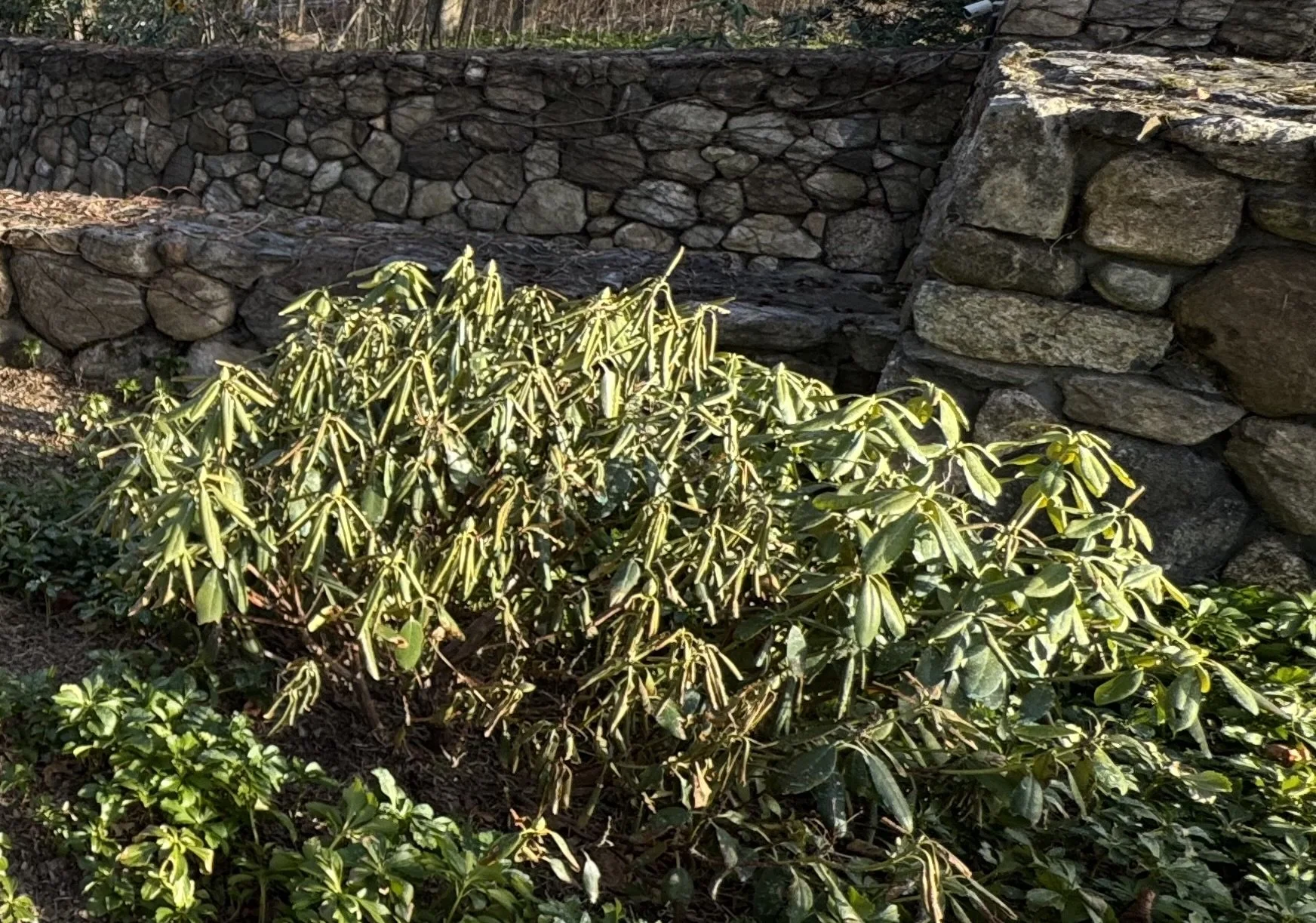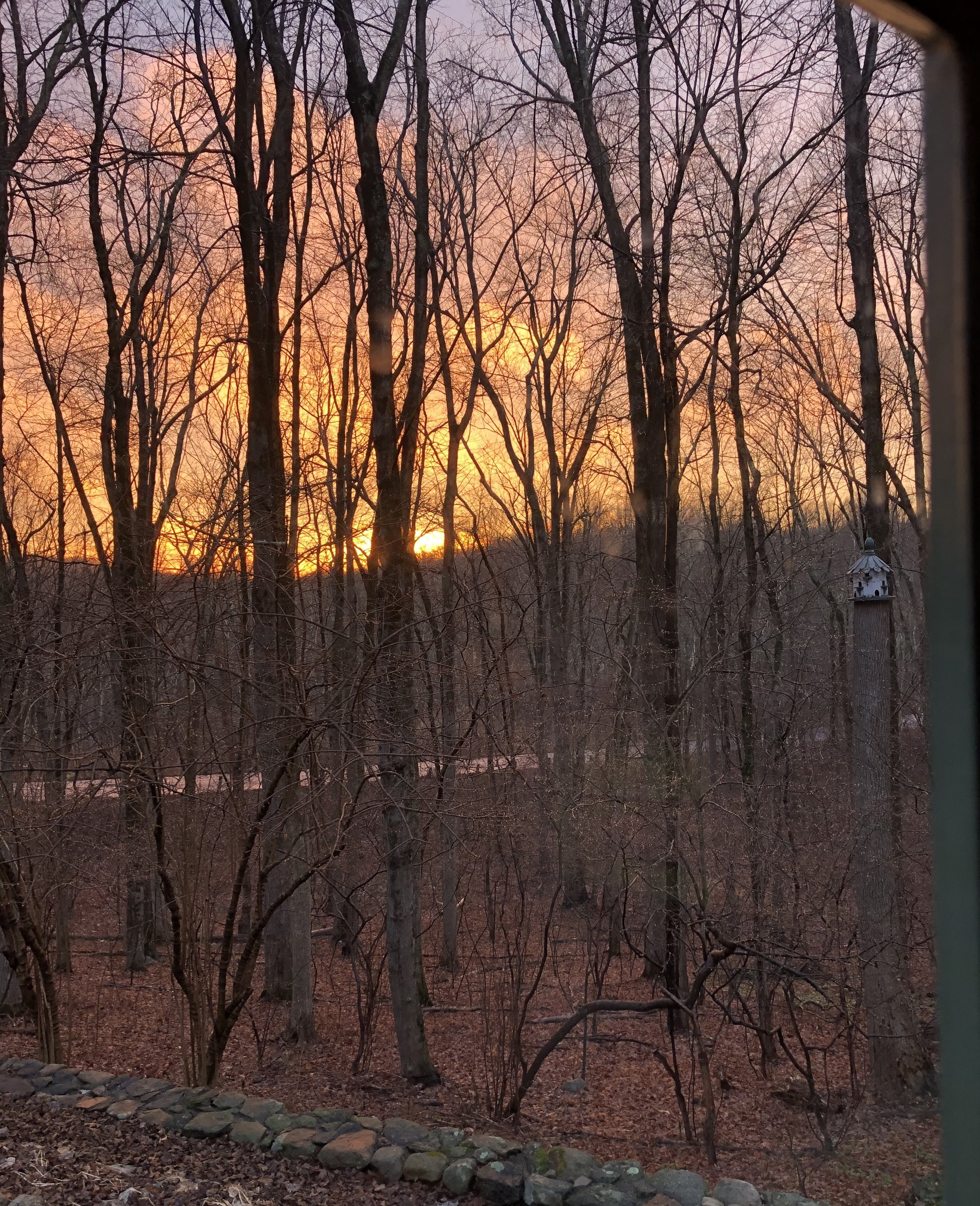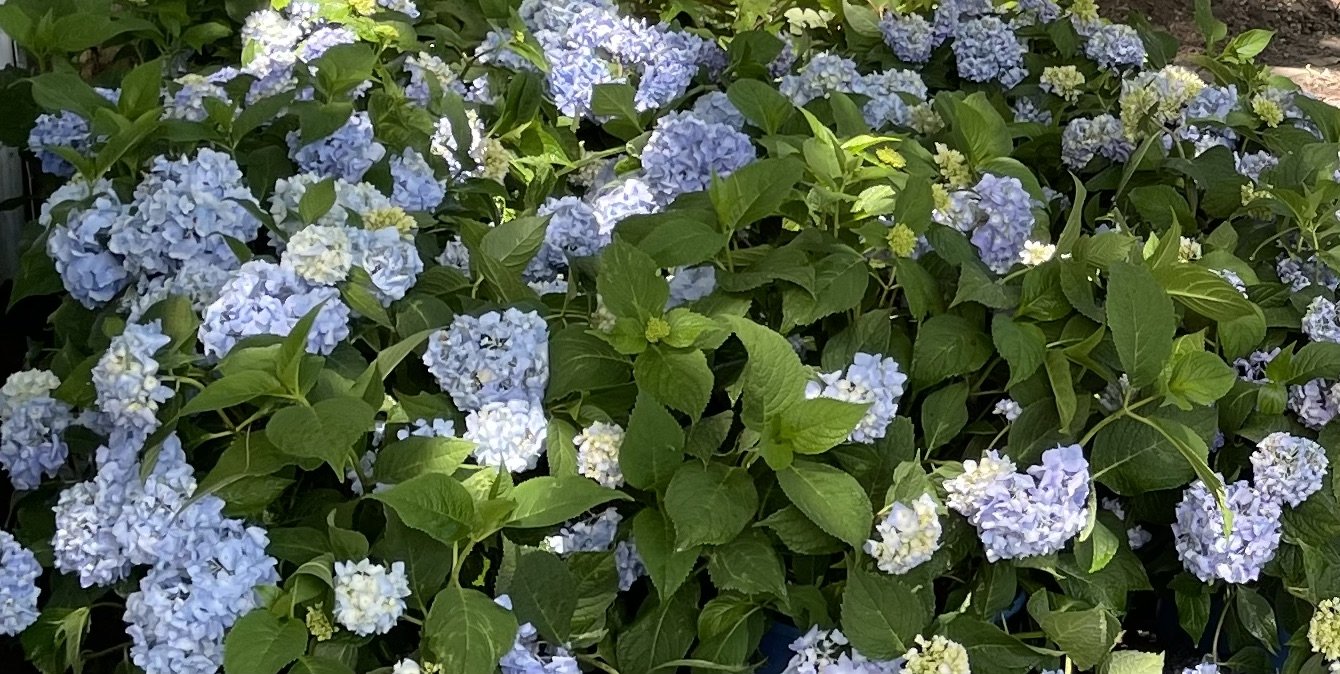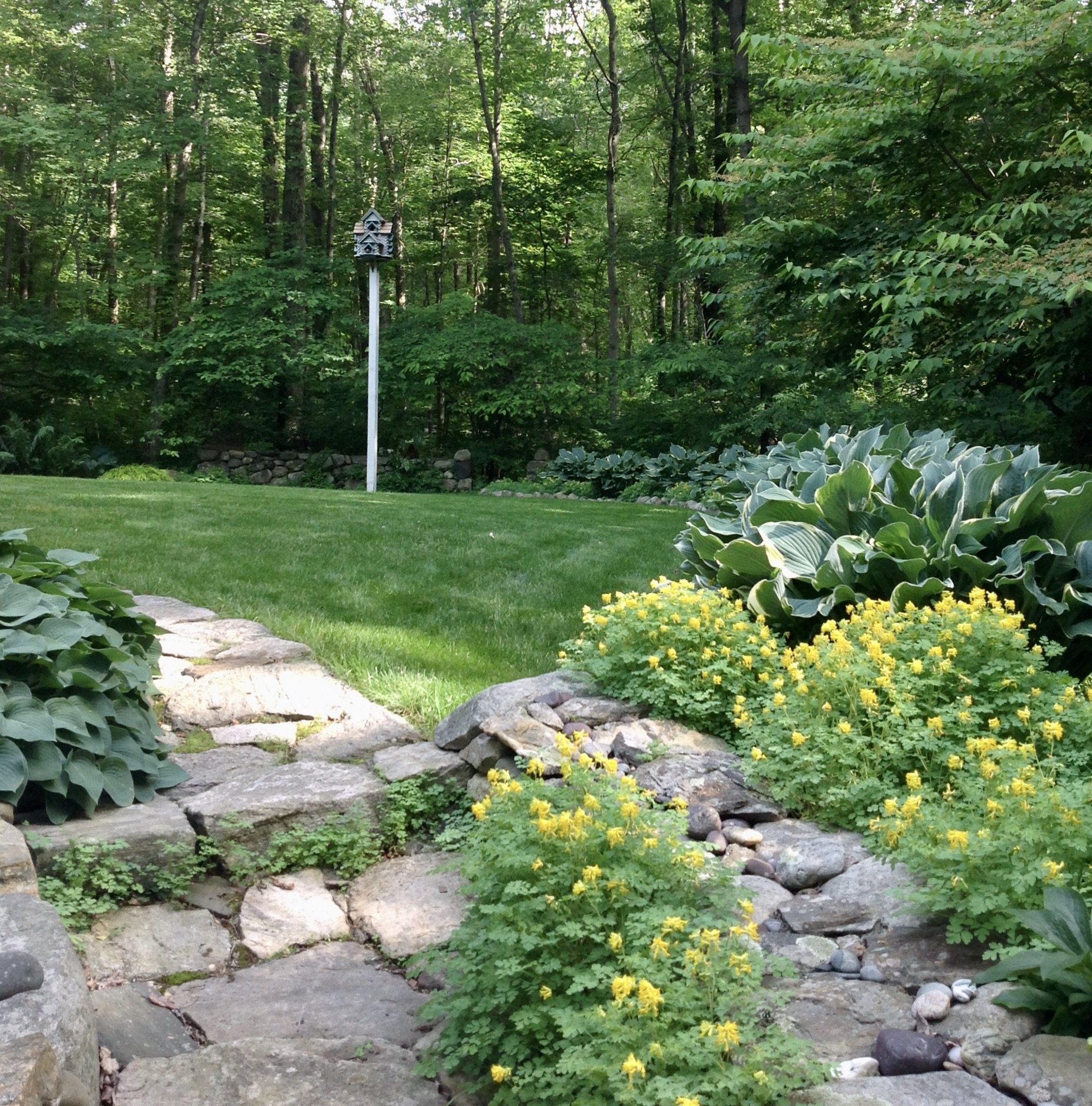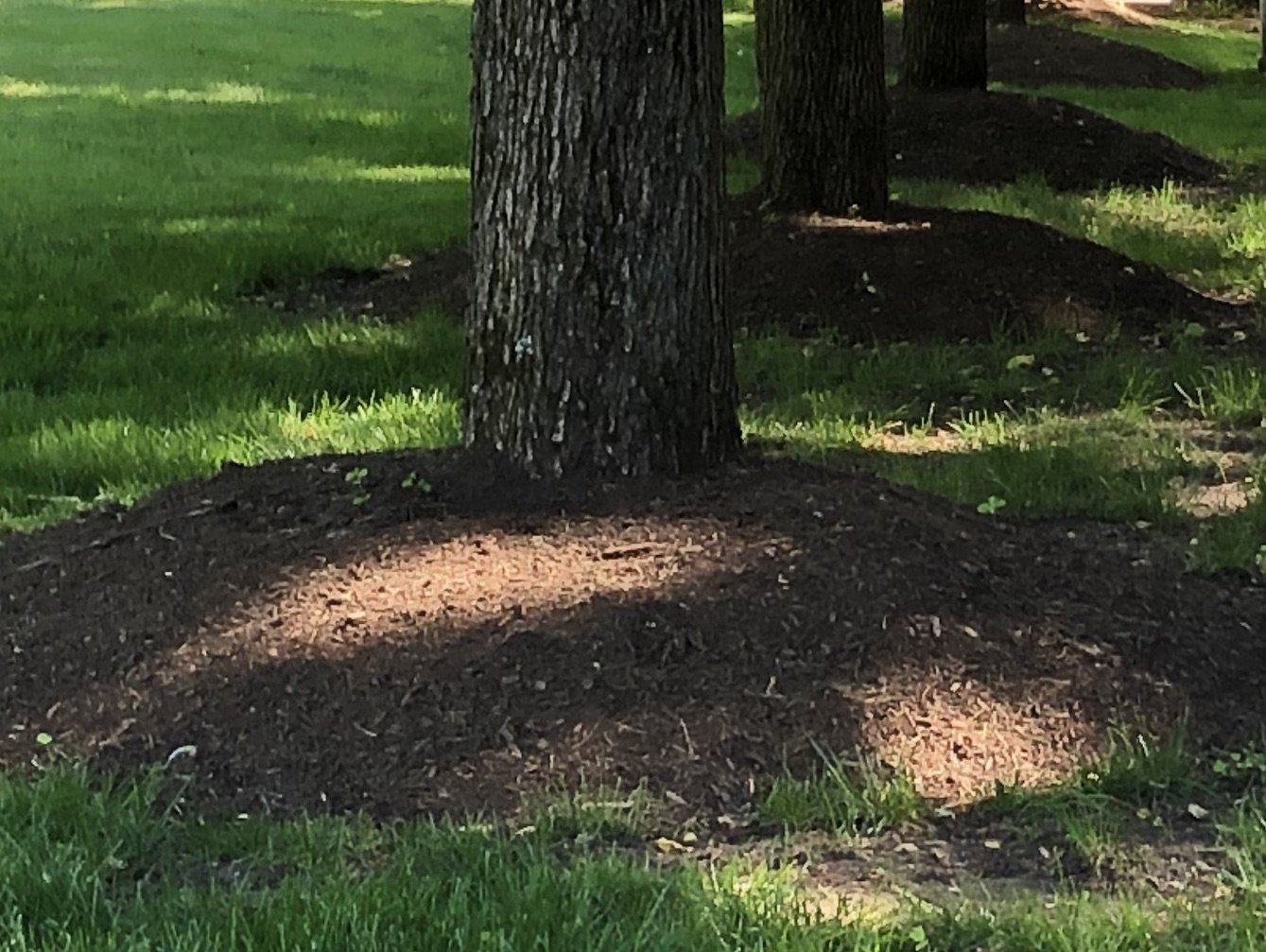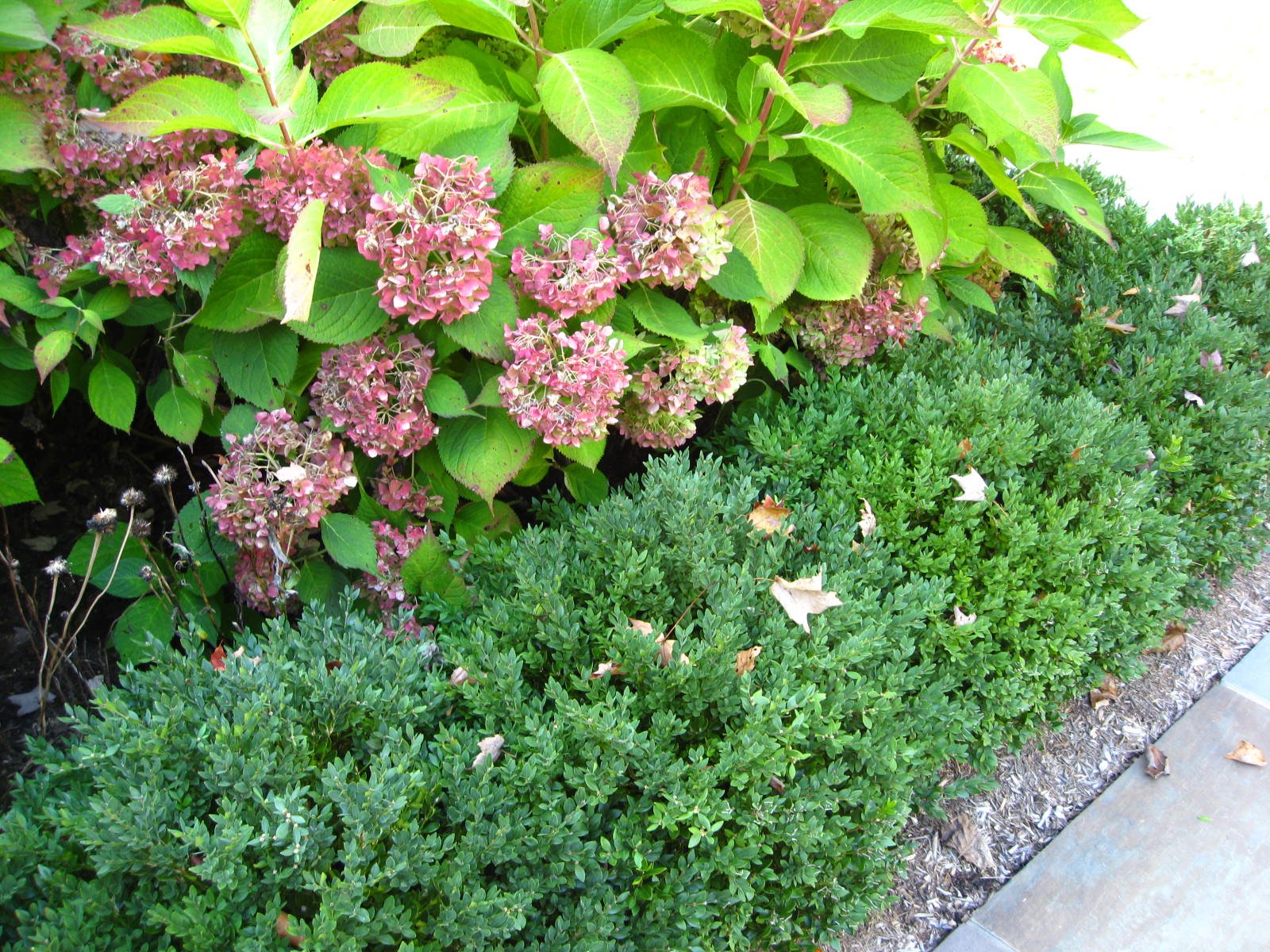Perennials are non-woody plants that live for more than one year, usually with their foliage and stems dying back in fall or winter, and returning the following spring from roots that survive underground. The term "perennial”, is used to describe herbaceous plants that die back to the ground each winter, as opposed to woody plants like trees and shrubs. While there are both flowering and nonflowering varieties of herbaceous perennials, they are most often associated with flowering plants.
Perennials in your landscape are like dessert. They can balance and complement, much like a delicious dessert rounds out a meal. Perennials provide an immense variety of color, foliage, texture, and form. Flowering perennials bloom at different times, creating a delightul display from spring through fall.
Pinching, shearing, cutting back, deadheading, and deadleafing are all pruning techniques. All of these actions can be beneficial for herbaceous perennials, and are specific to each type of plant, but the necessity and frequency depend on the specific plant and your gardening aspirations.
A moderate amount of maintenance is needed to keep a garden looking tranquil and organized. A minimal effort may mean the difference between a garden that is lackluster and one which brings you comfort and pleasure.
“Lest you worry that the following suggestions will burden you with an even longer to-do list, try to think of maintenance in the perennial garden as simply gardening.” - This is sage advice from Ramsey County, Minnesota Master Gardeners blog post.
Pinching - Pinching is a type of pruning that is mostly done on young plants by removing the growing tip (terminal bud) of a stem or branch and the first set of leaves. This can be done with your fingers (thumbnail and forefinger) or hand pruners. The purpose is to encourage bushier growth by redirecting the plant's energy into developing side shoots, leading to a fuller, more compact plant. Pinching also promotes more blooms while it delays or extends blooming time. Pinch the stem tips back once or twice in late spring or early summer, but no later than early July.
Shearing - Cutting entire plants back by 25-50% after they finish blooming is a pruning option that benefits some perennials. This pruning can be done with hand pruners or hedge shears. There are perennials that rebloom after being sheared; others will not rebloom, but will produce a fresh flush of young foliage. This type of pruning is ideal for perennials with lots of tiny flowers that bloom all at once. Plants should be sheared as soon as flowering begins to taper off - no later than early August.
Deadheading - A process of pruning with the removal of dead flowers on perennials is done throughout the growing season as blooms fade. The reasons for deadheading are specific to each type of perennial (not all flowers require deadheading). For some, removing dead flowers improves appearance, or can extend bloom time, stimulate rebloom, or promote the health of the plant. Most perennials will not rebloom with deadheading, although many perennials can continue to produce flowers for a longer period of time if they are not allowed to go to seed. Deadheading isn’t difficult, but it can be time- consuming. Faded flowers can be pinched off or cut with hand pruners. Some perennials produce flower stalks that are separate from the rest of the foliage. For these, the entire flower stalk is cut back to the base of the plant. Lastly, guidance from Gladys Fowler of the Peterborough Horticultural Society in Ontario, Canada. “Perennials like purple coneflower, bee balm, sedum; Siberian iris, Joe Pye weed and rudbeckia have ornamental seedheads. These not only provide interest in the garden through fall and winter, they also provide food for birds. Remove two thirds of the seedheads and leave one third on the plant.”
Cutting entire plant back - This pruning method can be done on some spring blooming perennials like Dicentra (bleeding heart) and, bulbs like daffodils and tulips, and rhizomes, like iris where the foliage has died back and the plant begins its dormancy. While not necessary for plant health, it can be done for aesthetic reasons, and should only be done after the foliage naturally fades. Cut the foliage to the ground, leaving about an inch sticking through the soil.
Deadleafing - Deadleafing is the removal of dead leaves. It is a term popularized by garden writer Tracy DiSabato-Aust in her seminal book The Well-Tended Perennial Garden. Aptly described by the Piedmont Master Gardeners Association, “It simply refers to pinching or snipping off leaves that are dead or damaged due to sun scorch, lack of water, disease, insect and animal chewing, or weather. It also refers to cleaning up dead foliage from spring-flowering bulbs such as daffodils or tulips.” Why remove dead leaves? The results are improved appearance, disease prevention, and promotes growth.
It is useful to research the specific characteristics and needs of each perennial to determine the most beneficial approach, and then establish a routine for regular maintenance pruning.
Recommended reading: The Well-Tended Perennial Garden – An essential guide to planting and pruning techniques, Third Edition, (DiSabato-Aust, Tracy, 2017)


